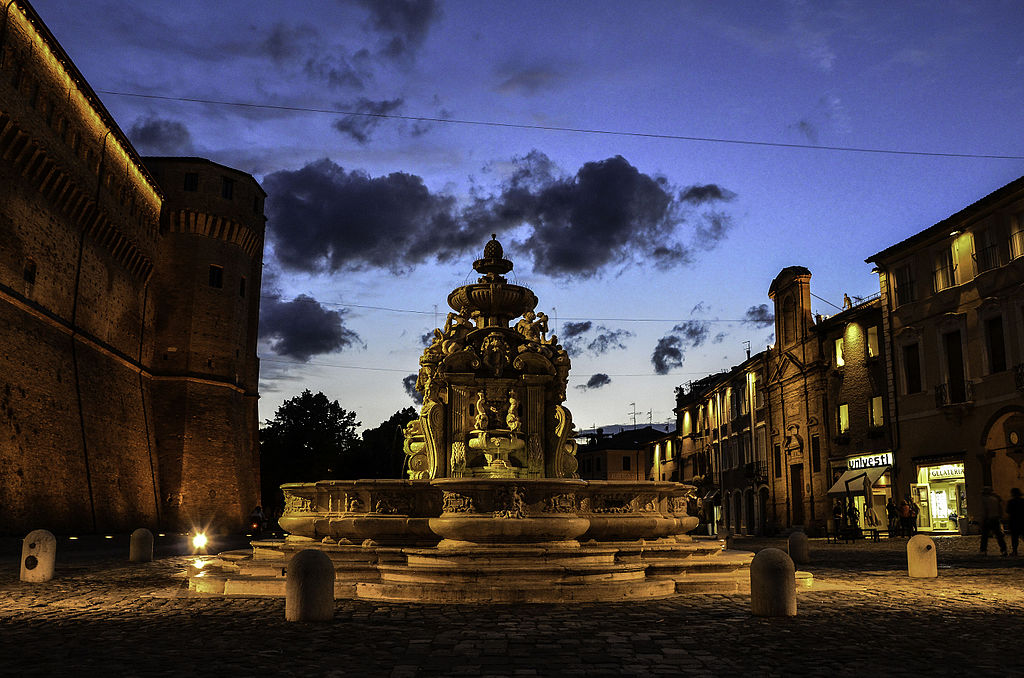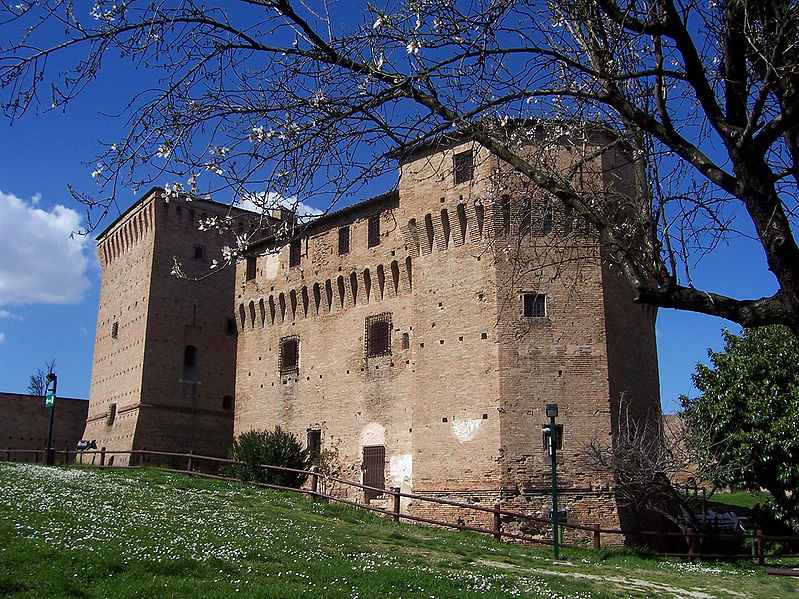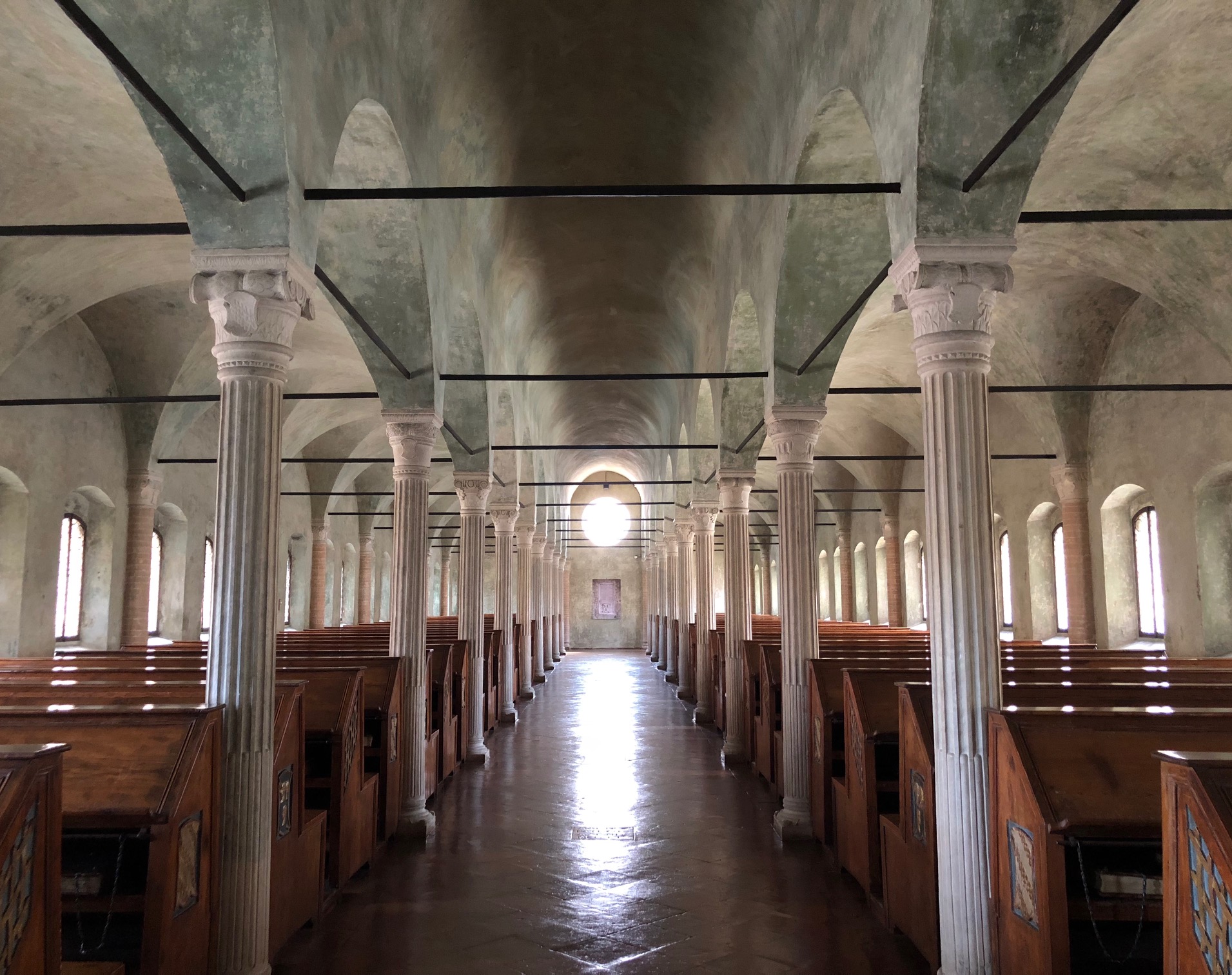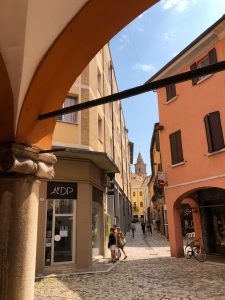 STFMIC
STFMIC
Earlier this year, northern Italy‘s lovely Emilia Romagna region – north of Tuscany, south of the Veneto – was highlighted by the influential travel-media giant Lonely Planet as one of its ten destinations for 2018. The big kahuna in these parts is of course Bologna, with other fascinating cities including Modena, Parma, and Ravenna.
But for those who like to venture off the beaten path, today I’d like to introduce you to a small city – about an south of Bologna and a half hour north of Ravenna – which is packed with local charm, friendly people, great food – and from what I can tell, few to no tourists clogging its cobblestone streets. Welcome, amici miei, to Cesena (pronounced “Che-zay-na”).
With a current population around 97,000, dating back to the pre-Roman Etruscans, and called Curva Caesena during Roman times, Cesena saw much of the flavour of what is now its old quarter shaped from 1379 to 1465 under the rule of the Malatesta dynasty (whose name I’ve always found slightly amusing, translating as it does to “bad head”). It was part of the Papal States through most of the late-15th until the unification of Italy in the latter half of the 19th century, and also came to be known as “the city of three popes”, as Pius VI and Pius VII were born here, and Pius VIII was its bishop at one point (all in the late 18th and early 19th centuries). I’ve had the pleasure of visiting several times over the years – most recently this past August – as I have cousins who live here, and I greatly appreciate its quiet elegance each time.
 Otello Amaducci
Otello Amaducci
The old town’s focal point is the picturesque Piazza del Popolo (top), an elongated stretch of cobblestones anchored by the elaborate, late-16th-century Masini Fountain and ringed by the 14th-century Palazzo Comunale (town hall), mid-16th-century Santi Anna e Gioacchino Church, the Loggetta Veneziana, and the walls of the Rocca Malatestiana (above), the hilltop citadel that looms above the city. Each Wednesday and Saturday morning, roving market trailers roll in and pack the square to hawk a cornucopia of fresh produce, clothing, and household goods, and when you can get your best view of the wide range of locals who inhabit the city today – including many recent immigrants from Africa and the Middle East (impeccably well behaved, to be sure, but a window into the concerns about immigration which led to the election of Italy’s current right-wing government). Amidst all the workaday merchandise, you can also find a few charming local crafts and treasures to bring home as mementos. If you can make it here in early October, the square is also the venue for Cesena’s annual Festival Internazionale Cibo di Strada (International Street Food Festival; this year’s dates 5-7 Oct.).
Steps leading up from the Piazza del Popolo will then take you up into shady pathways that lead to the mostly red-brick Rocca (above), one of the region’s most imposing fortresses. Built between 1380 and 1477, it consists of a courtyard and two central towers, the “male” (now home to a ceramics collection) and the “female” (housing a museum of Romagnolo farming and rural life); the courtyard these days is used for concerts and other events.
 David Paul Appell
David Paul Appell
For me, though, the crowning glory of Cesena is its Malatestiana Library – not the current one, but the original one on its second floor. Built in the mid-15th century, it’s a long room lit by 48 Venetian-style, crown-glass windows and lined with fluted marble columns and 58 wooden reading benches, to whose shelves are chained hundreds of ancient illustrated tomes. Besides being incredibly atmospheric, it’s especially notable for being the world’s first public library (as opposed to belonging to the Catholic Church or an aristocratic family). When I first visited – and made it the subject of my very first travel article, for Travel+Leisure in 1989 – visitors were allowed to sit at the benches and even carefully leaf through the books. Naturally, that’s no longer the case, but regular tours are still offered, and nearby rooms showcase other period books, maps, letters, lapidaries, and exhibits of other items and history from the period.
 Strolling the narrow streets and arcaded piazzas of Cesena’s old town, lined with charming streets and cafés, you’ll come across its imposing, early-15th-century red-brick cathedral, San Giovanni Battista (where I just attended a wedding in a lovely Baroque side chapel) and the handsome, mid-19th-century Teatro Alessandro Bonci. Then up on another hill toward the northern end of town, it’s also well worth a stop into the Santa Maria del Monte Abbey, founded in 930, rebuilt in the 15th and 16th centuries, and restored in 1914. Of special note up here, besides a lovely view out over the bucolic surrounding countryside: the late-18th-century dome adorned with the magnificent fresco The Assumption of the Virgin by Bolognese painter Aureliano Milani, along with a pretty interesting collection of nearly 700 ex-votos (paintings and other objects donated in fulfillment of a vow).
Strolling the narrow streets and arcaded piazzas of Cesena’s old town, lined with charming streets and cafés, you’ll come across its imposing, early-15th-century red-brick cathedral, San Giovanni Battista (where I just attended a wedding in a lovely Baroque side chapel) and the handsome, mid-19th-century Teatro Alessandro Bonci. Then up on another hill toward the northern end of town, it’s also well worth a stop into the Santa Maria del Monte Abbey, founded in 930, rebuilt in the 15th and 16th centuries, and restored in 1914. Of special note up here, besides a lovely view out over the bucolic surrounding countryside: the late-18th-century dome adorned with the magnificent fresco The Assumption of the Virgin by Bolognese painter Aureliano Milani, along with a pretty interesting collection of nearly 700 ex-votos (paintings and other objects donated in fulfillment of a vow).
Just a wee bit farther out of the city centre, music lovers might be interested in the Museo Musicalia, housed in the 18th-century Villa Silvia Carducci, one of Italy’s major museums dedicated to music, covering 500 years of history with a wide range on exhibits and instruments on display – especially mechanical contraptions such as music boxes, miniature organs/pianos, and more (check out the Da Vinci war drum, a device designed to accompany armies in the field to help with marching beats).
In short, Cesena is a very under-the-radar Italian gem that you probably be the first on your block (or in your entire town) to enjoy. For more info in English, check out Comune.Cesena.fc.it, EmiliaRomagnaTurismo.com, and StradaViniSaporiC.it.

